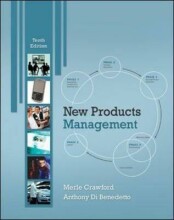Job Analyses and Work Design - The models that made job design
5 important questions on Job Analyses and Work Design - The models that made job design
The JCM concentrates on 5 characteristics:
- Skill variety: Jobs with more skill variety require to use a range of skills
- Task identity: Jobs with task identity allow to produce or deliver an identifiable, complete outcome
- Task significance: Significant jobs have an impact on other people, in and outside the organization
- Autonomy: Jobs with more autonomy allow to make decisions concerning how to perform tasks, when and where to perform tasks, and even how success is evaluated
- Feedback from the job: Jobs that provide feedback give the worker an indication of performance
These 5 characteristics produce three critical psychological states:
- Experienced meaningfulness of work (skill variety, task identity, significance)
- Experienced responsibility for the outcomes of work (autonomy)
- Knowledge of the results of work activities (feedback)
The effort reward imbalance model:
- Higher grades + faster learning
- Never study anything twice
- 100% sure, 100% understanding
Differences ERI vs. JCM & DCSM & VM
What are the disadvantages of STST?
- The flexibility is a weakness since it is not very specific
- Evidence supports STST, however much of the research has been collected in only the manufacturing sector, and a great deal of the focus has been on team and work groups, and not individual roles
The question on the page originate from the summary of the following study material:
- A unique study and practice tool
- Never study anything twice again
- Get the grades you hope for
- 100% sure, 100% understanding






























